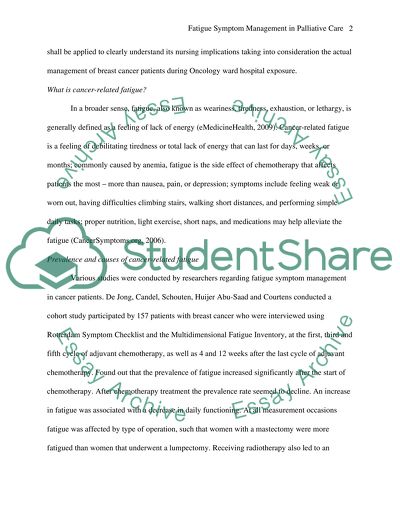Cite this document
(Critical thinking in Palliative Care of Nursing Case Study, n.d.)
Critical thinking in Palliative Care of Nursing Case Study. https://studentshare.org/health-sciences-medicine/1557005-critical-thinking-in-palliative-care-of-nursing
Critical thinking in Palliative Care of Nursing Case Study. https://studentshare.org/health-sciences-medicine/1557005-critical-thinking-in-palliative-care-of-nursing
(Critical Thinking in Palliative Care of Nursing Case Study)
Critical Thinking in Palliative Care of Nursing Case Study. https://studentshare.org/health-sciences-medicine/1557005-critical-thinking-in-palliative-care-of-nursing.
Critical Thinking in Palliative Care of Nursing Case Study. https://studentshare.org/health-sciences-medicine/1557005-critical-thinking-in-palliative-care-of-nursing.
“Critical Thinking in Palliative Care of Nursing Case Study”. https://studentshare.org/health-sciences-medicine/1557005-critical-thinking-in-palliative-care-of-nursing.


